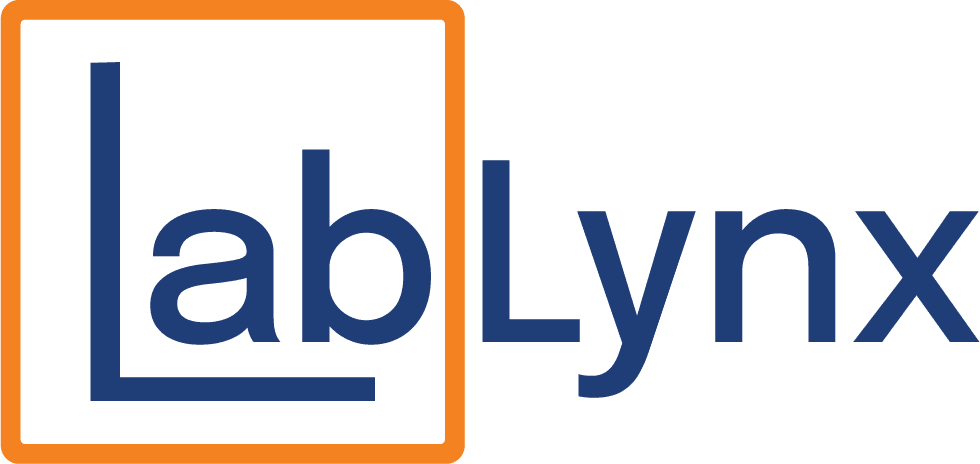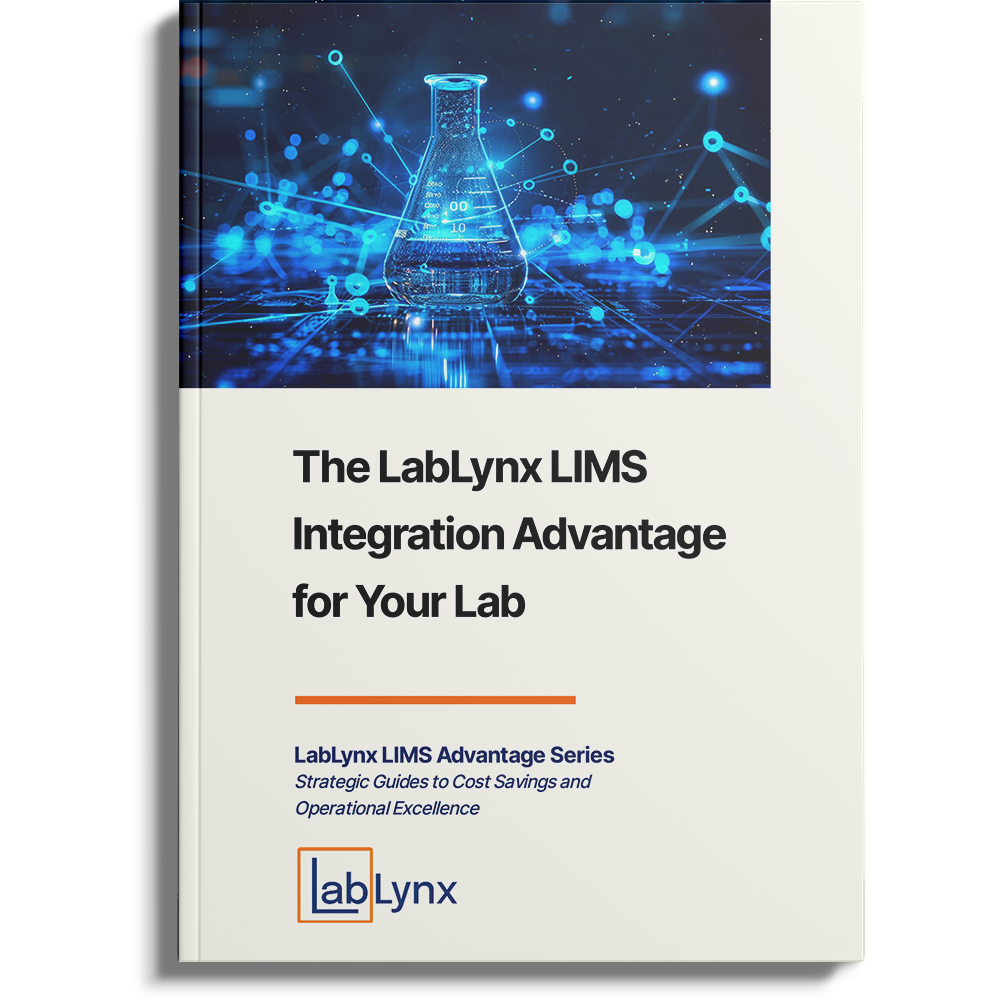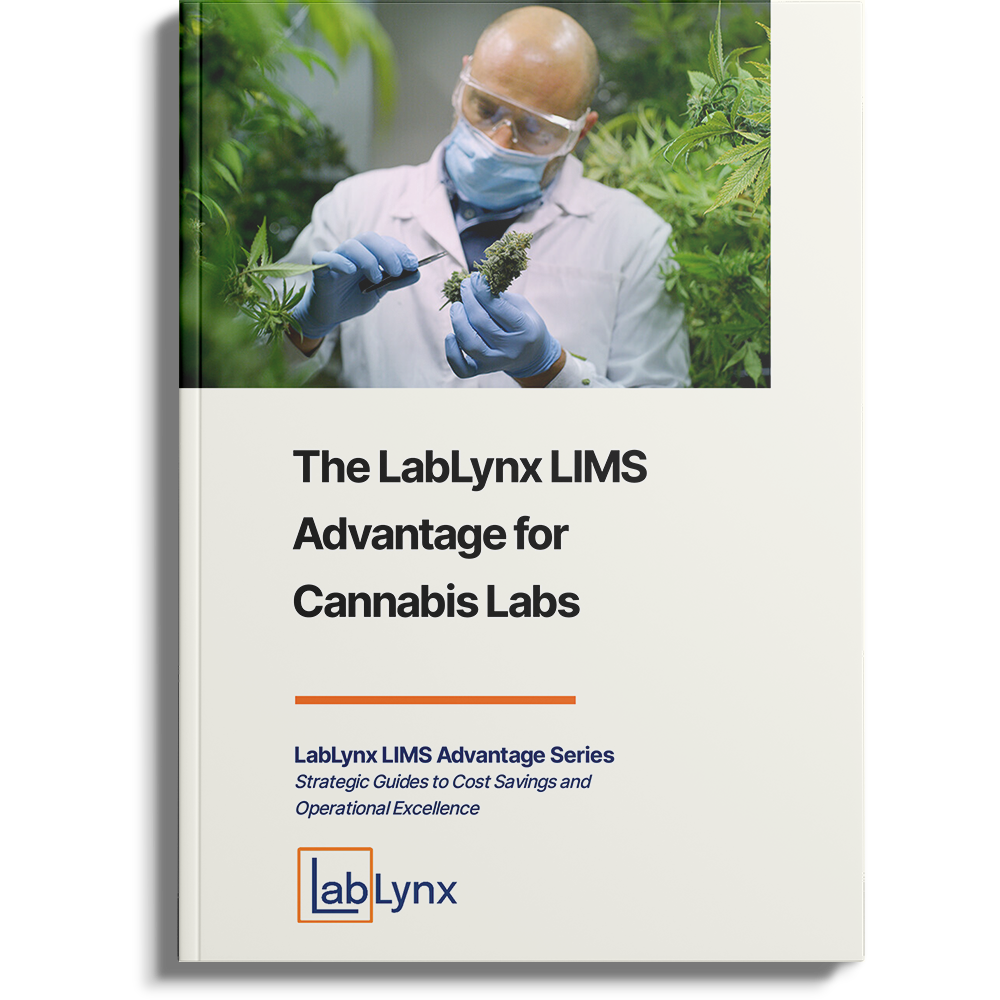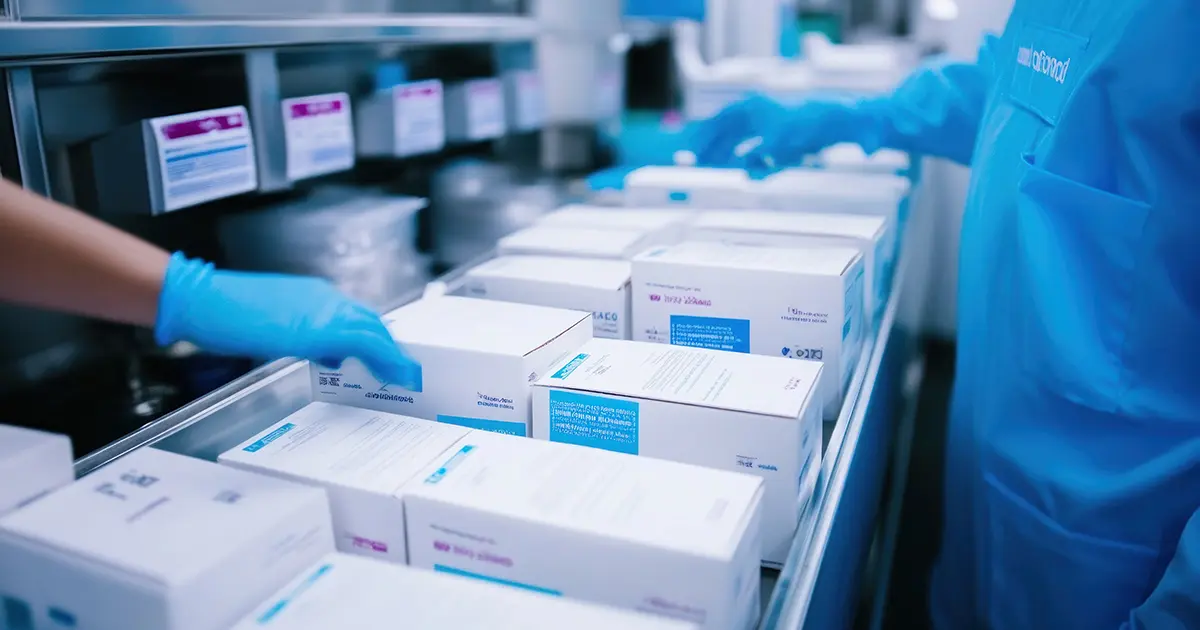
In laboratories across industries, inventory management isn’t just about having enough reagents or supplies; it’s a critical component of operational efficiency, compliance, and cost-saving measures. Yet, a surprising number of labs still rely on outdated systems or even manual processes for tracking inventory, leading to wasted resources, regulatory risks, and interrupted workflows. This article explores how modern Laboratory Information Management Systems (LIMS) like LabLynx transform inventory management, using concrete examples, expert insights, and case studies from reputable sources.
Inventory Challenges in Modern Labs: The Pain Points
Laboratories face unique challenges in managing inventory due to the strict regulations surrounding handling, storage, and disposal of materials. According to a report from the International Federation of Clinical Chemistry and Laboratory Medicine (IFCC), inefficient inventory management is a key factor contributing to laboratory downtime and increased operational costs. Here are some of the most pressing issues:
- Inconsistent Tracking and Manual Errors: Labs still using paper logs or basic spreadsheets often experience data entry errors, which lead to inaccurate inventory counts, reagent expiration issues, and failed audits.
- Waste and Financial Losses: The Clinical Laboratory Management Association (CLMA) reported that up to 30% of laboratory supplies go to waste each year due to poor inventory oversight, costing the industry millions.
- Regulatory Compliance: Regulatory bodies, such as the FDA and CLIA, have stringent guidelines on handling, storage, and documentation of lab supplies. Non-compliance can result in costly fines and even lab shutdowns.
Transforming Inventory Management with LIMS: Real-World Impact and Proven Benefits
Laboratories that have adopted LIMS report significant improvements in inventory accuracy, cost savings, and operational efficiency. Let’s explore how a LIMS, specifically LabLynx, addresses inventory challenges through real-world examples.
1. Automated Tracking and Real-Time Insights: Reducing Waste by 50%
A case study by Frost & Sullivan on a biotechnology lab implementing a LIMS for inventory management reported a 50% reduction in reagent waste over the first year. This lab struggled with maintaining an accurate count of reagents and consumables, resulting in frequent overstocking and expired materials.
Solution with LabLynx: LabLynx’s LIMS offers automated tracking for each reagent, enabling lab managers to monitor usage in real-time and set alerts for low stock levels. This level of automated oversight helps prevent over-ordering, reducing waste and ensuring efficient inventory use. Additionally, LabLynx’s expiration tracking feature prioritizes the use of reagents before they expire, further minimizing waste and lowering overall inventory costs.

2. Enhancing Compliance and Audit Readiness
For labs in highly regulated industries, audit readiness is essential. A 2021 study by Deloitte highlighted that nearly 20% of laboratories failed compliance audits due to poor inventory documentation. In particular, labs handling sensitive samples or controlled substances are at greater risk if they cannot trace inventory use from acquisition to disposal.
Solution with LabLynx: LabLynx’s LIMS can streamline compliance by documenting the full lifecycle of each inventory item, from arrival and storage conditions to usage and disposal, in alignment with FDA and CLIA standards. With automated records and integrated reporting features, LabLynx enables labs to track every detail of their inventory, ensuring comprehensive, audit-ready data is available at any time. This level of documentation helps labs maintain high compliance standards and simplifies the audit process, reducing risks and improving overall regulatory adherence.
3. Increasing Operational Efficiency with Integration and Data Centralization
Efficiency is key in laboratories that handle hundreds or thousands of inventory items daily. According to the Association of Public Health Laboratories, labs with centralized inventory systems see up to 35% faster processing times for test samples compared to labs using separate tracking systems.
Solution with LabLynx: LabLynx allows laboratories to centralize inventory data within their testing workflows, streamlining access to critical information and reducing the need to switch between multiple systems. This integration can significantly speed up sample processing times by ensuring that technicians have immediate access to up-to-date inventory data. With LabLynx, labs can also track which tests require specific reagents, keeping inventory aligned with sample demands and preventing delays caused by missing supplies.
4. Cost Savings Through Automated Reordering
A large pharmaceutical lab using a traditional inventory system struggled with maintaining optimal stock levels, often either running out of critical reagents or over-ordering. This inefficient inventory management led to excess storage costs and delays.
Solution with LabLynx: LabLynx’s LIMS streamlines the reordering process by integrating with suppliers. With customizable minimum stock levels, the system can generate automatic reorders to maintain optimal inventory without excess. This approach helps laboratories reduce inventory costs and allows funds to be reallocated to other critical areas, such as research and development.
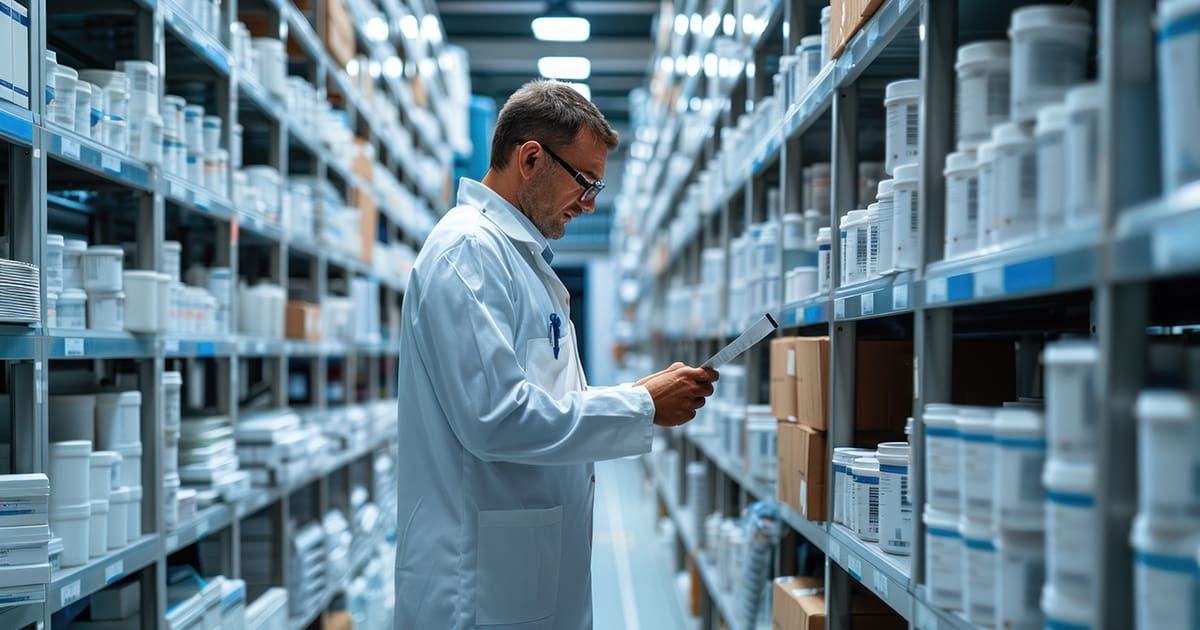
Key Features of LabLynx LIMS for Optimal Inventory Management
LabLynx’s LIMS offers unique features specifically designed to address laboratory inventory challenges:
- Barcode Scanning and Labeling: LabLynx’s barcode system allows for precise tracking of each item, from arrival to usage and disposal. This level of tracking is critical for high-volume labs and reduces human error, as shown in a study by the Journal of Clinical Laboratory Science.
- Integration with ERP and Procurement Systems: LabLynx can be integrated with a lab’s existing Enterprise Resource Planning (ERP) or procurement systems, allowing labs to manage inventory and order supplies directly within their LIMS.
- Customizable Reporting for Inventory Insights: LabLynx’s LIMS includes customizable dashboards that display inventory metrics, such as usage trends, cost tracking, and waste management data. For example, a diagnostics lab saw an increase in reporting accuracy by 30% after adopting LabLynx’s reporting tools, allowing them to better forecast future inventory needs.
The LabLynx Advantage: Driving Real Results with Modern LIMS
LabLynx has helped laboratories across diverse industries achieve remarkable improvements in inventory management. By adopting LabLynx’s LIMS, laboratories gain more than just a tracking system; they gain a strategic asset that drives efficiency, compliance, and cost savings.
In summary, laboratory inventory management can make or break a lab’s operational efficiency and compliance. LabLynx’s LIMS provides a comprehensive, data-driven solution that automates tracking, enhances regulatory readiness, and drives significant cost savings. With real-world examples and data-backed results, LabLynx demonstrates the transformative potential of LIMS for laboratory inventory management, making it an essential investment for labs looking to thrive in today’s demanding environment.
References
- International Federation of Clinical Chemistry and Laboratory Medicine (IFCC). “Operational Efficiency and Inventory Management in Clinical Laboratories.” IFCC Journal, 2022.
- Clinical Laboratory Management Association (CLMA). “Annual Report on Laboratory Waste and Operational Costs.” CLMA Review, 2023.
- Frost & Sullivan. “Case Study: LIMS and Inventory Management in Biotechnology Labs.” Frost & Sullivan Research, 2022.
- Deloitte. “Laboratory Compliance and Inventory Management: A Study of Centralized Systems.” Deloitte Insights, 2021.
- Association of Public Health Laboratories (APHL). “Time Efficiency in Public Health Laboratories: The Role of Centralized Inventory Management.” APHL, 2023.
- Journal of Clinical Laboratory Science. “Barcoding and Labeling in Laboratory Inventory Management: Reducing Errors and Improving Efficiency.” JCLS, 2022.
